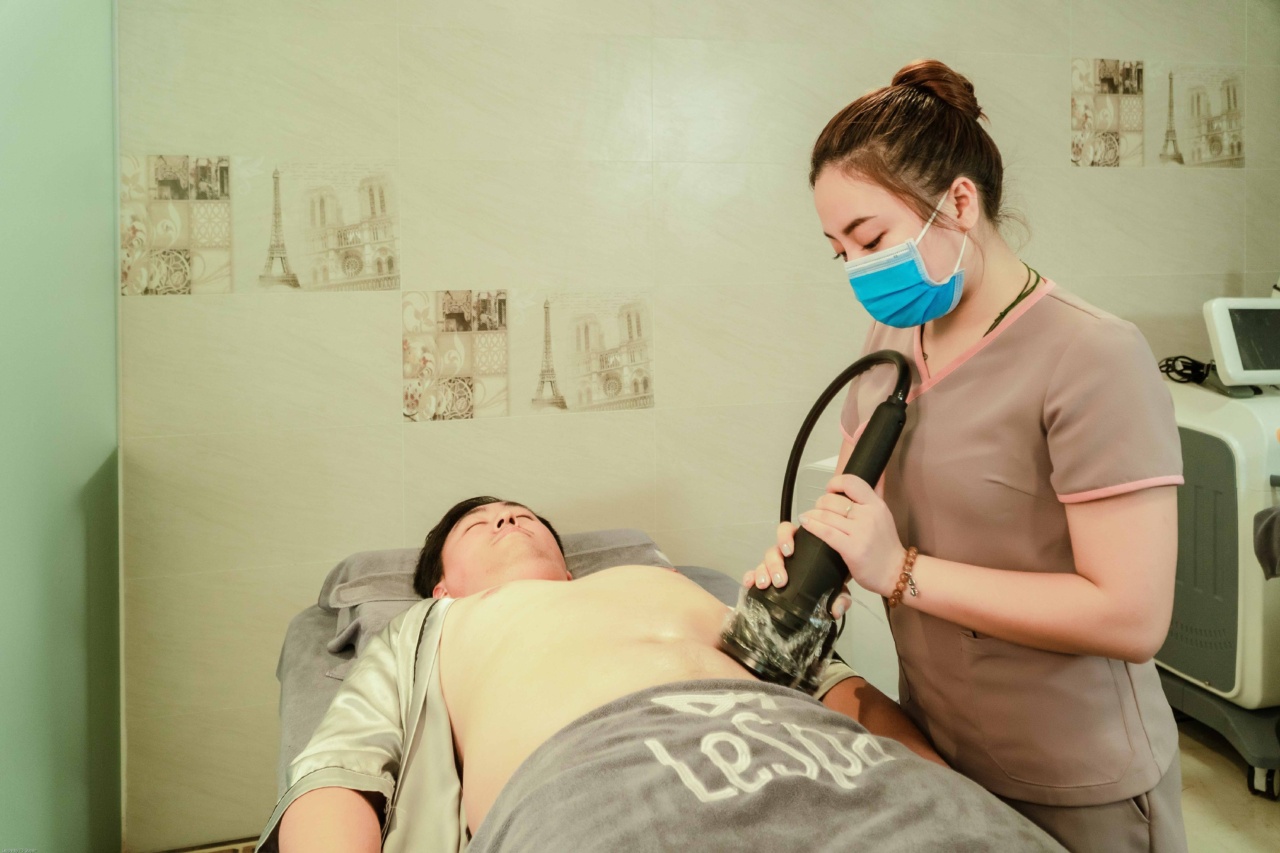Urinary incontinence is a common condition that affects women of all ages. It involves the unintentional leakage of urine, which can have a significant impact on a woman’s quality of life.
In this article, we will explore the causes, symptoms, and treatment options for urinary incontinence in women.
Causes of Urinary Incontinence
There are several factors that can contribute to the development of urinary incontinence in women. These include:.
1. Pregnancy and childbirth
During pregnancy, the body undergoes hormonal and physiological changes that can weaken the pelvic floor muscles. Additionally, the pressure exerted on the bladder during childbirth can further exacerbate these changes, leading to urinary incontinence.
2. Menopause
As women age, the levels of estrogen in their bodies decrease. Estrogen plays a crucial role in maintaining the health and elasticity of the tissues in the urinary tract.
When estrogen levels drop during menopause, the tissues become thinner and less able to control the flow of urine.
3. Obesity
Excess weight can put additional pressure on the bladder and pelvic floor muscles, leading to urinary incontinence.
4. Pelvic organ prolapse
Pelvic organ prolapse occurs when the muscles and tissues that support the pelvic organs become weakened or damaged. This can result in the bladder, uterus, or rectum protruding into the vaginal canal, causing urinary incontinence.
5. Urinary tract infections
Urinary tract infections can irritate the bladder and urethra, leading to a temporary loss of bladder control.
Symptoms of Urinary Incontinence
The main symptom of urinary incontinence is the involuntary leakage of urine. However, the severity and frequency of leakage can vary among individuals.
Some women may experience occasional dribbling, while others may have a complete loss of bladder control.
Other symptoms that may accompany urinary incontinence include:.
1. Urgency
Feeling a sudden, intense urge to urinate that cannot be postponed.
2. Frequency
Urinating more often than usual, typically more than eight times in a 24-hour period.
3. Nocturia
Waking up from sleep multiple times during the night to urinate.
4. Urge incontinence
Experiencing a strong urge to urinate followed by an involuntary leakage of urine.
5. Stress incontinence
Leaking urine during activities that put pressure on the bladder, such as sneezing, coughing, laughing, or exercising.
Treatment of Urinary Incontinence
Fortunately, there are various treatment options available for urinary incontinence in women:.
1. Lifestyle modifications
Simple changes in lifestyle can often help manage urinary incontinence. These include maintaining a healthy weight, avoiding bladder irritants such as caffeine and alcohol, and practicing pelvic floor exercises (Kegels).
2. Medications
Several medications are available to treat urinary incontinence, including anticholinergics, mirabegron, and topical estrogen.
These medications work by relaxing the bladder muscles, increasing bladder capacity, or improving the strength of the tissues in the urinary tract.
3. Physical therapy
A physical therapist can teach you various techniques to strengthen the pelvic floor muscles and improve bladder control. These may include exercises, biofeedback, and electrical stimulation.
4. Medical devices
In some cases, the use of medical devices may be recommended to manage urinary incontinence. These devices include urethral inserts, pessaries, or a urethral sling, which provides support to the urethra and bladder.
5. Surgical interventions
If conservative treatments fail to provide relief, surgical interventions may be considered. These include procedures such as bladder neck suspension, sling procedures, or artificial urinary sphincter implantation.
Conclusion
Urinary incontinence is a prevalent condition in women, but it doesn’t have to be a lifelong burden. With the right treatments and lifestyle modifications, women can regain control of their bladder and improve their quality of life.
If you are experiencing urinary incontinence, consult with a healthcare professional to discuss the most suitable treatment options for your individual needs.


























